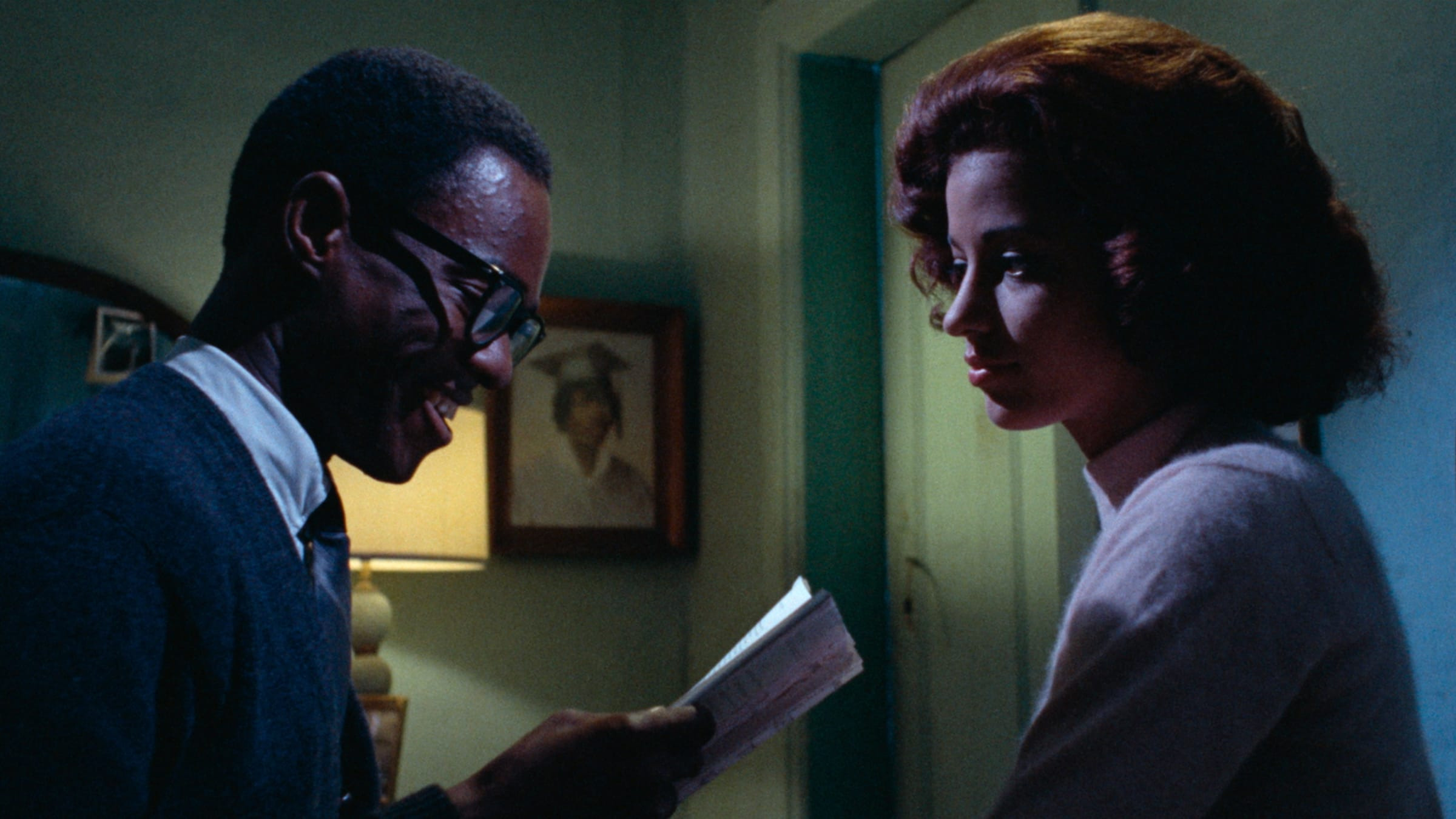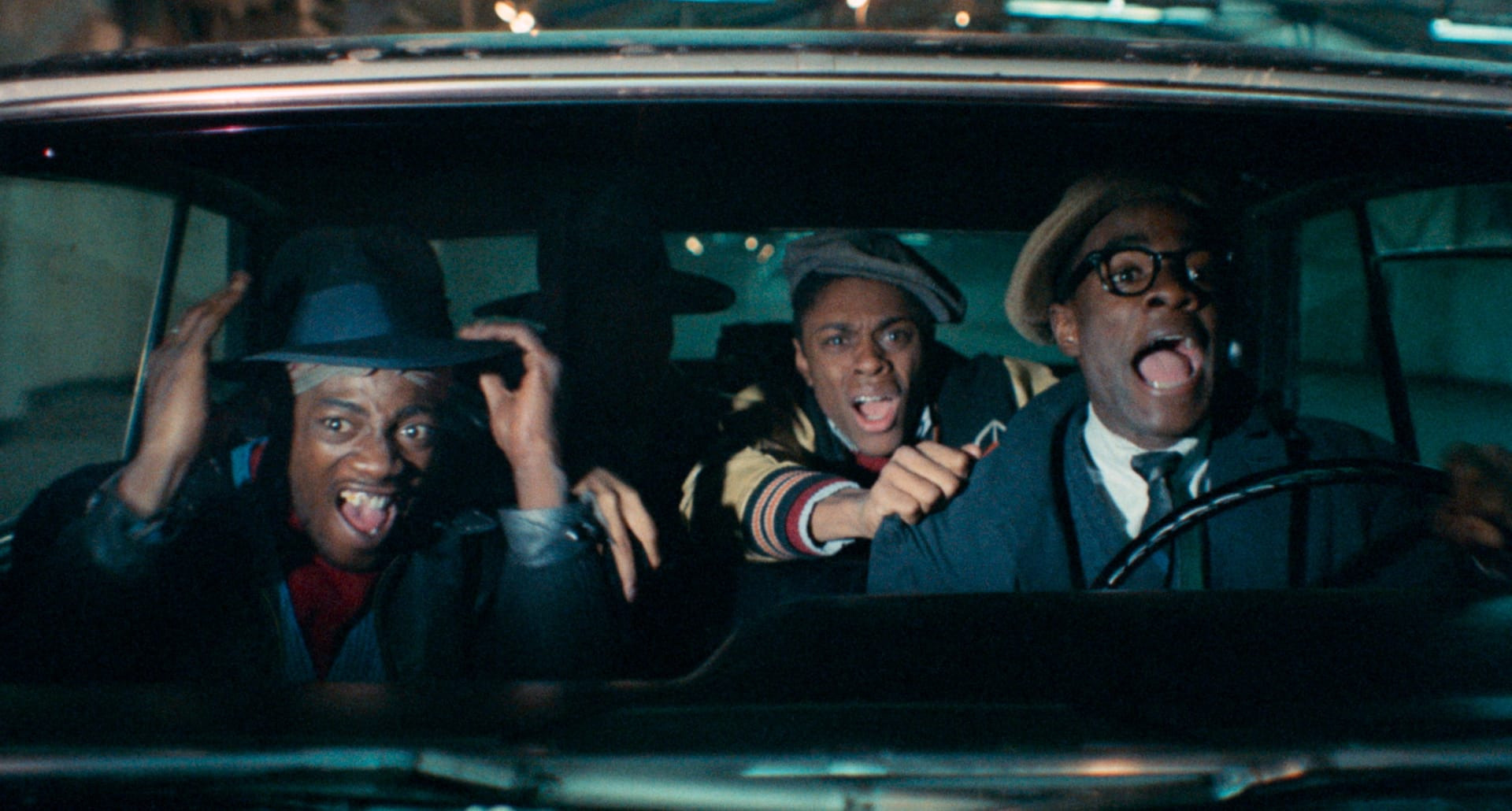Cooley High: Young, Gifted, and Black

Michael Schultz’s Cooley High (1975) is not only a funny and intensely touching film about Black adolescents—a rarity for its time—but also one of the great coming-of-age movies. It is inspired by screenwriter Eric Monte’s own experiences in the early 1960s in Chicago, where he grew up in the public housing complex that would become known as Cabrini-Green—at the time among the toughest addresses in the country, where the sprawling residential towers, done in dull red brick and beige concrete, had all the charm of a prison complex. But, of course, such surroundings do little to stop the characters in the film from having a whole lot of fun.
The movie follows a pair of best friends in the final weeks of their senior year. Preach (Glynn Turman), always sporting a tie and heavy-framed glasses, is a fast-talking writer convinced he will make it big in Hollywood. His buddy Cochise (Lawrence-Hilton Jacobs) is a lean and sinewy basketball phenom whose game with the ladies is even better, and who trots around in a blue-and-orange varsity jacket as if his name has just been called for the starting lineup. Cooley High is an enjoy-your-life movie, no heavy message. It’s not about the transformation of a gangster into a political radical, like The Education of Sonny Carson (1974), or the nature of juvenile crime, like Shirley Clarke’s The Cool World (1963), to name two other notable films about Black youth. Instead, Schultz opts for character and texture. He captures the felt rhythms of everyday life in a Black community. We see the signifying among friends, the slow grinding at quarter parties, the old apartment buildings with wooden terraces in desperate need of repair, clothes hanging out to dry, people shooting dimes, people shooting hoops, the neighborhood vamps and con men, the way dollar bets are sealed with some dap and a finger snap. Cooley High is the only film I can think of where a huge fight between two gangs breaks out in the middle of a theater showing a kaiju movie and someone is thrown through the back of the screen—much to the delight of one young brother in a red winter cap, I might add. “I wanted to make the film so culturally immersive that it wasn’t about race, that it wasn’t about cops or teachers or the political system, all that stuff,” the director told me in May 2022.








